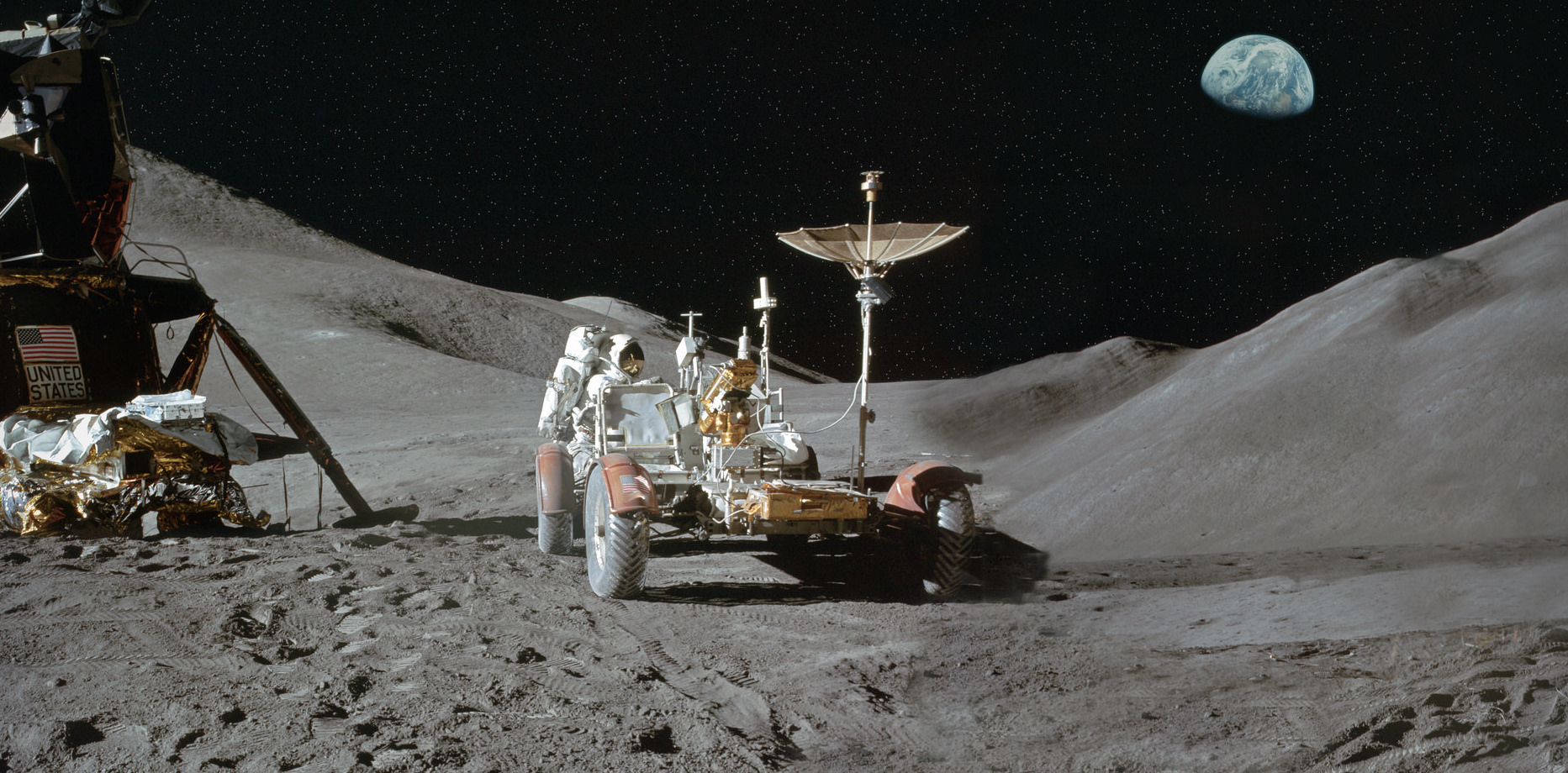
Space Exploration
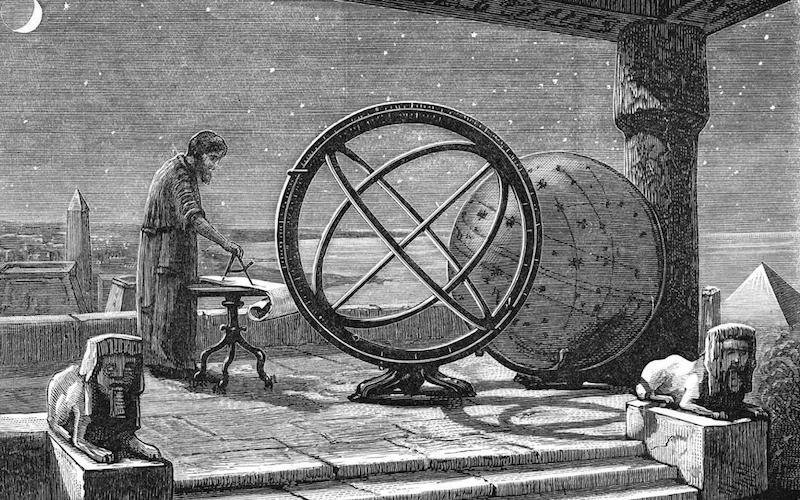
Astronomy in the Ancient Times
Astronomy is a science that studies celestial objects and phenomena. Humanity has studied astronomy since ancient times. Astronomy, as an orderly pursuit of knowledge about the heavenly bodies and the universe, did not begin in one moment at some particular epoch in a single society. Every ancient society had its own concept of the universe (cosmology) and of humanity's relationship to the universe. In most cases, these concepts were...
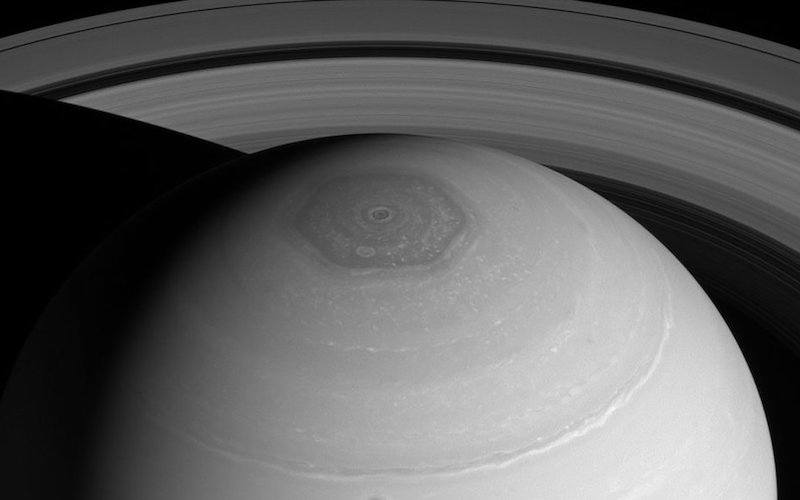
Astronomy in the Modern Times
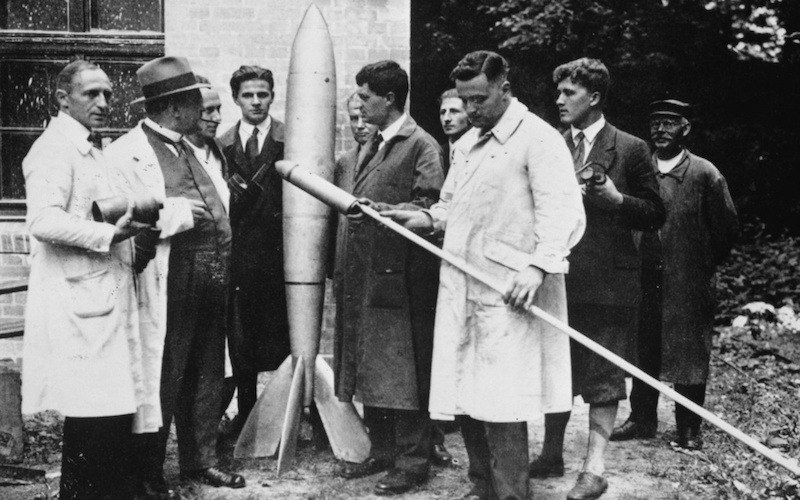
History of Rockets
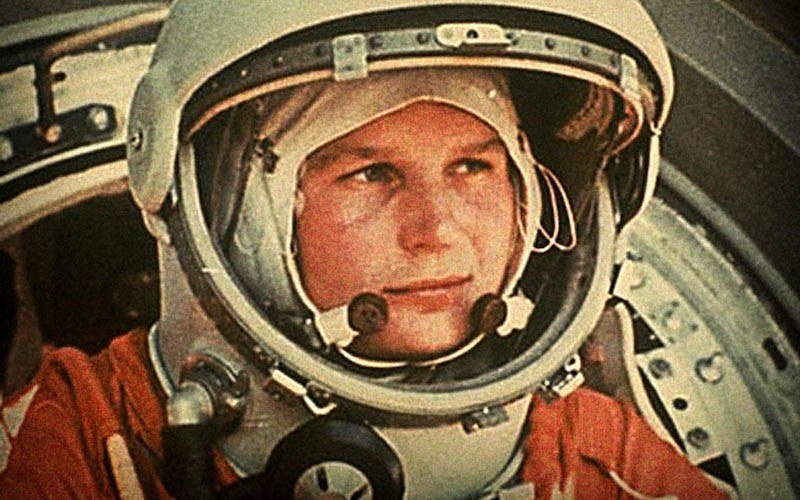
Space Race
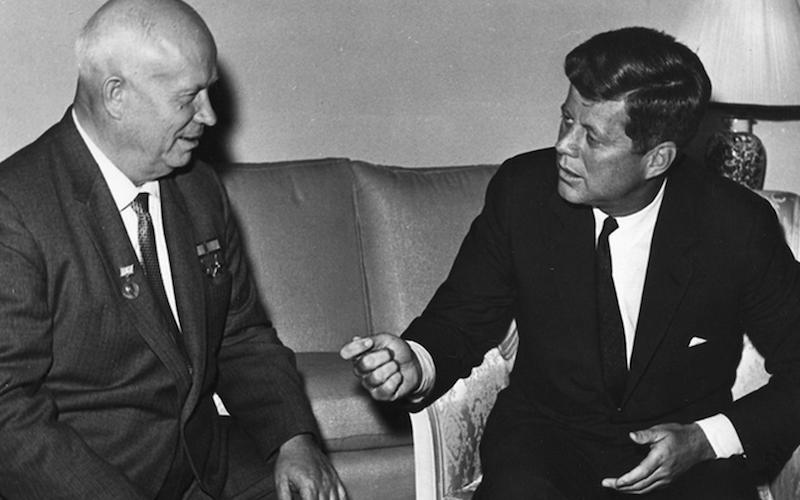
Space exploration and the Cold War
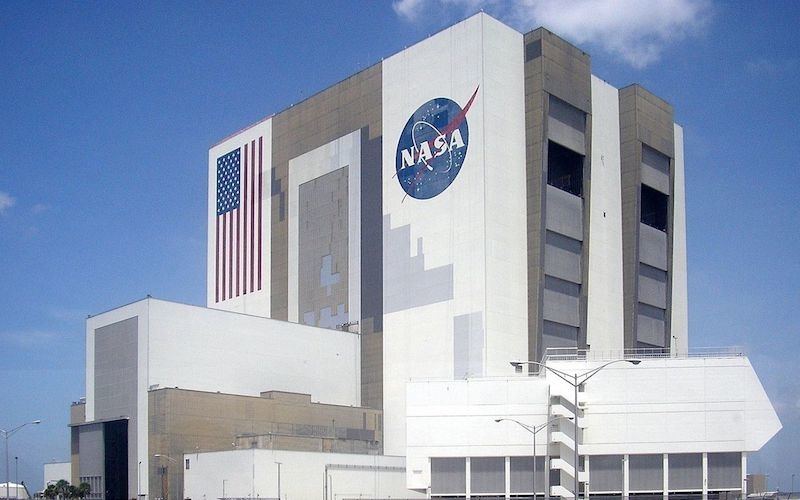
Space Agencies
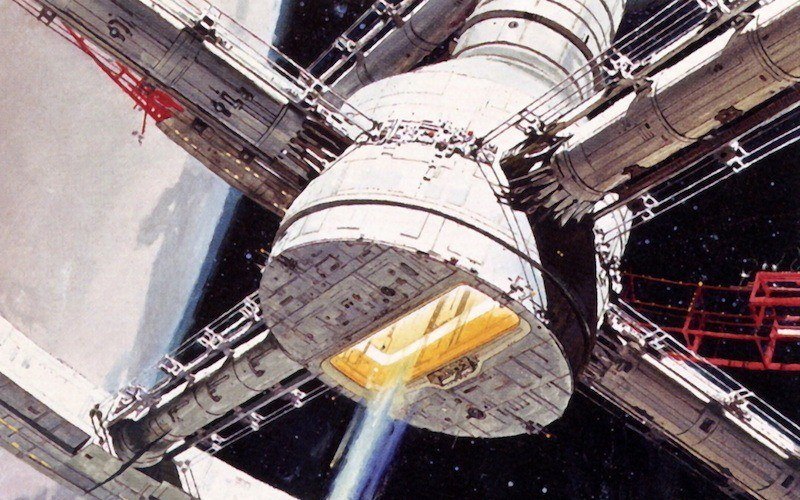
Science fiction and space exploration
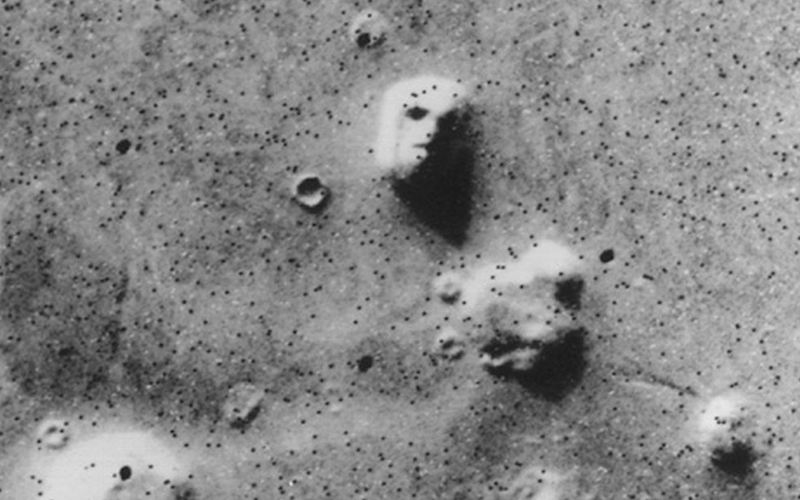
Exploration of Mars
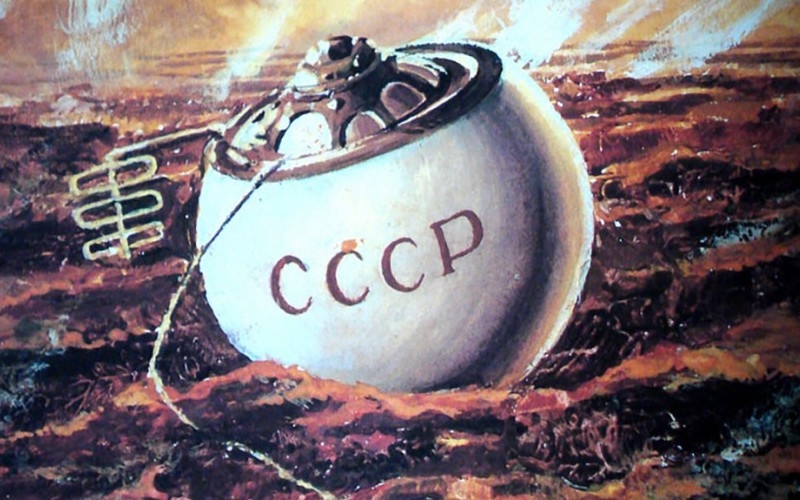
Exploration of the inner solar system
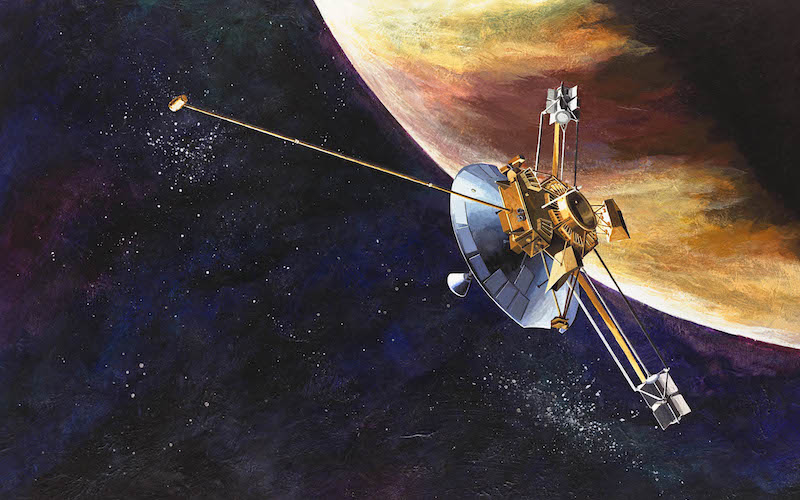
Exploration of the outer solar system
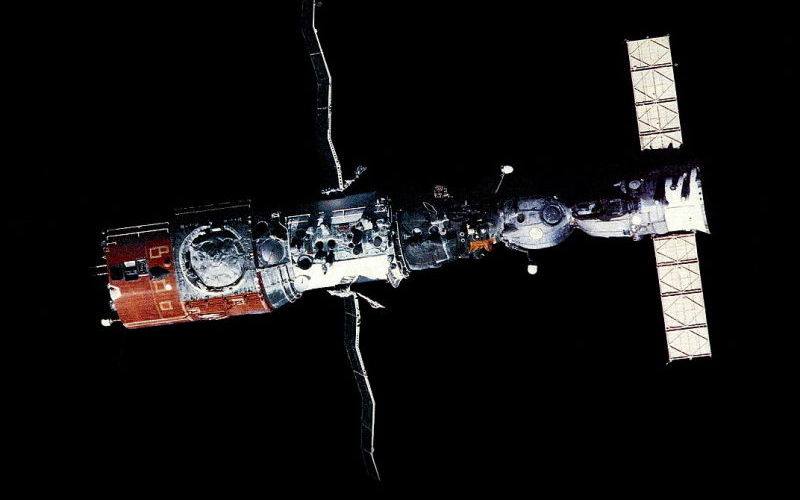
Modern orbital space exploration

History of Satellites
One of the most dramatic moments of the twentieth century occurred on October 4, 1957. The Soviet Union sent a small shiny sphere with four long antennas into space. They called it Sputnik I. Sputnik is a Russian word that means “traveling companion.” The satellite traveled so fast that its ballistic flight continued all the way around Earth.
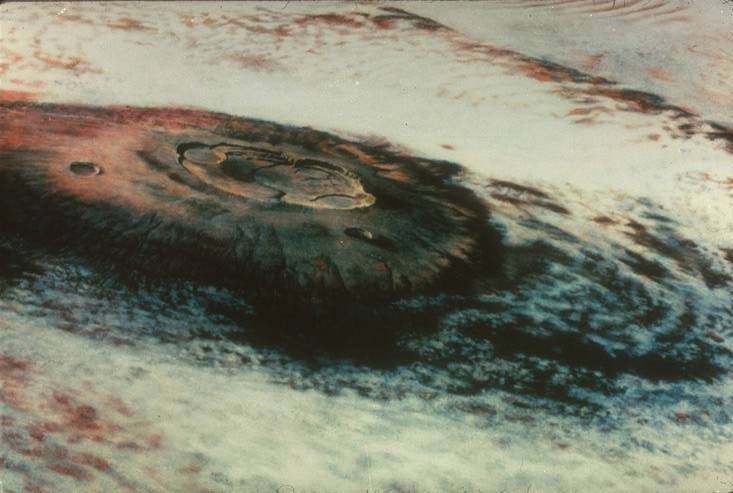
The Future of Space Exploration
While the current lunar exploration initiative has been justified as a “stepping stone” toward Mars, human missions to Mars represent a major step up in complexity, scale, and rigour compared to lunar missions.